How to use sodium hypochlorite in the pool?
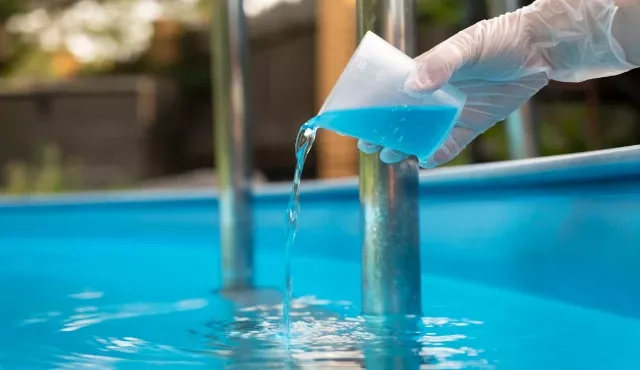
What is sodium hypochlorite?
Sodium hypochlorite, also known as bleach, is a chemical compound with strong oxidizing properties. These properties make it an effective disinfectant, which is why it is commonly used in pools and other areas where hygiene is crucial.
Sodium hypochlorite is a sodium salt of hypochlorous acid, and its chemical formula is NaClO. Its molecular structure consists of one sodium atom, one chlorine atom, and one oxygen atom. It is a colorless or slightly yellow liquid with a characteristic chemical odor.
Liquid bleaches are effective in eliminating various pathogens, including bacteria, viruses, and fungi. They work through an oxidation process, which involves the transfer of oxygen atoms to other compounds. As a result of this process, the cellular structure of the pathogen is destroyed, leading to its elimination.
In pools, sodium hypochlorite is essential for maintaining water cleanliness by preventing the growth of microorganisms that could pose a health risk to swimmers. It also helps control algae, which can disrupt the chemical balance of the water and lead to stains and discoloration on the pool's surface.
How does sodium hypochlorite work in a pool?
Sodium hypochlorite is a key element in maintaining the cleanliness and safety of pool water. It affects water quality in several key ways, which are related to its oxidizing ability.
Killing pathogens
Sodium hypochlorite acts on pathogens through an oxidation process. In practice, this means that sodium hypochlorite releases oxygen atoms to pathogens such as bacteria, viruses, and fungi. Oxygen atoms disrupt the chemical structures of these pathogens, typically leading to the destruction of their cell walls. Without integral cell walls, pathogens are unable to survive, resulting in their elimination.
Eliminating organic contaminants
Sodium hypochlorite is also effective in removing organic contaminants such as oils, sweat, urine, and cosmetics, which may be present in pool water due to human activity. Again, the oxidation process is crucial here. Sodium hypochlorite reacts with these contaminants, transforming them into other compounds that can be easily removed by the pool's filtration system.
Breaking down inorganic compounds
Inorganic contaminants, such as minerals, can also affect the quality of pool water. Sodium hypochlorite helps break them down. Although the processes are somewhat different from those that occur with organic contaminants and pathogens, sodium hypochlorite is still effective in reducing the presence of these substances, which can affect water clarity and the overall appearance of the pool.
Maintaining the proper pH level
Sodium hypochlorite also helps maintain the appropriate pH level of pool water. pH level is a measure of the acidity or alkalinity of a solution. In the case of pools, the ideal pH level ranges from 7.2 to 7.8. Sodium hypochlorite aids in maintaining this level, contributing to swimming comfort and the longevity of pool equipment.
How to use sodium hypochlorite in a pool?
Sodium hypochlorite, as an essential element in maintaining the cleanliness of pool water, requires proper use. Introducing the appropriate amount of sodium hypochlorite is crucial for maintaining a healthy and safe pool environment.
Principles of using sodium hypochlorite
Sodium hypochlorite is most commonly available in liquid form, which makes it easy to dose. The amount of the substance needed depends on several factors, including the size of the pool, the amount of water, the water temperature, and the quantity and type of other chemicals used to maintain the pool. Generally, it is recommended to maintain a chlorine concentration of 1-3 mg/L (milligrams per liter) for effective disinfection.
Sodium hypochlorite can be added directly to the pool or using a special chemical feeder that regulates the amount of the substance introduced. It is important to add sodium hypochlorite slowly and evenly to avoid product accumulation in one place, which could lead to uneven distribution of chemicals.
Before adding sodium hypochlorite
Before adding sodium hypochlorite to the pool, it is always necessary to conduct water quality tests. These tests should include measuring the chlorine level, pH, total alkalinity, and calcium hardness. Performing these tests will help determine how much sodium hypochlorite is needed to maintain optimal water quality.
Various water quality testing kits are available, which are easy to use and provide accurate results within a few minutes. Regular water quality testing is crucial for maintaining a healthy and safe pool environment.
Safety when using sodium hypochlorite
Although sodium hypochlorite is effective and relatively easy to use, it is also a strong chemical agent that requires caution. It is important to always protect the skin and eyes by using appropriate personal protective equipment, such as gloves and goggles. Additionally, sodium hypochlorite should be stored in a safe place, away from children and animals.
Summary
Sodium hypochlorite is a popular and effective disinfectant used in pools. It works by oxidizing pathogens and contaminants, leading to their elimination. Sodium hypochlorite is applied by adding it to the pool water, with the recommended chlorine level ranging from 1 to 3 mg/L. It is generally safe to use, although it may cause irritation in particularly sensitive individuals.
Author: Marcel Apola
Sources: compoundchem.com, poolresearch.com, palatinepaints.co.uk
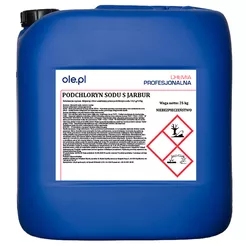
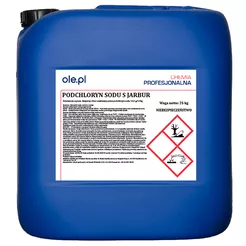

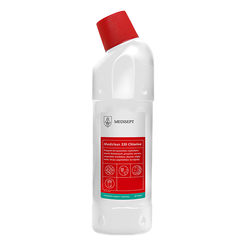

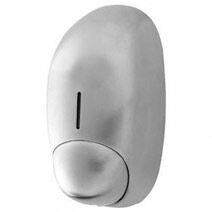
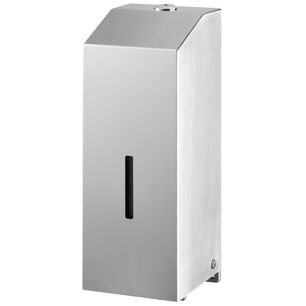
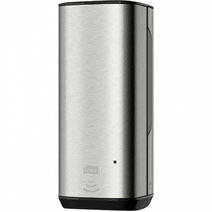
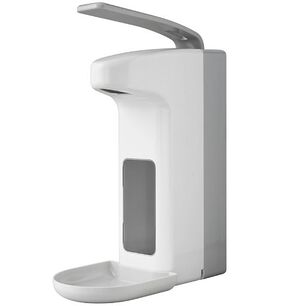
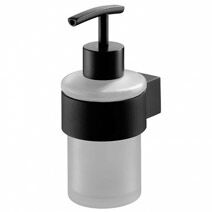
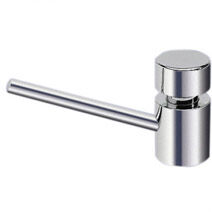
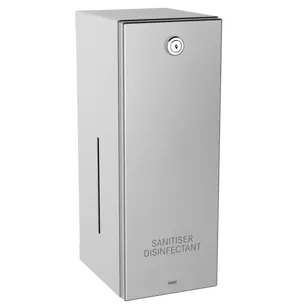
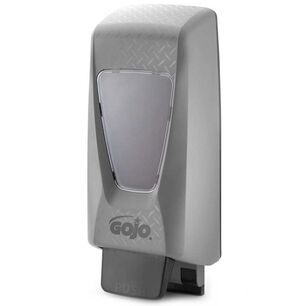
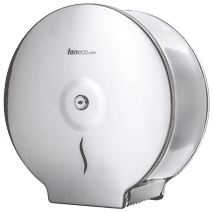
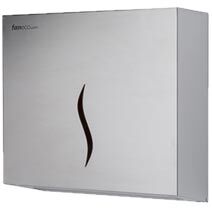
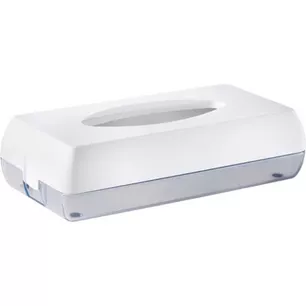
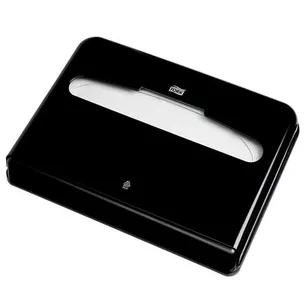
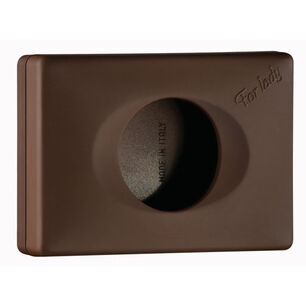
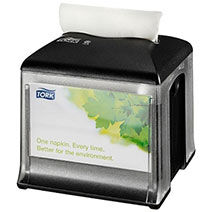
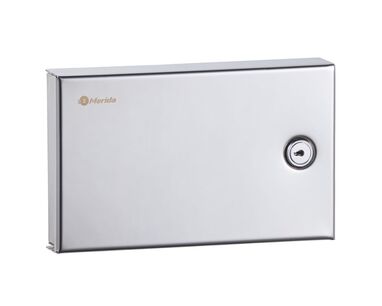
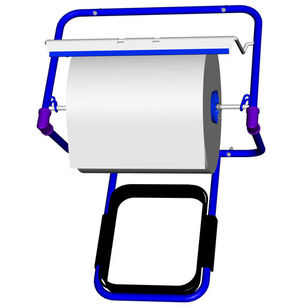
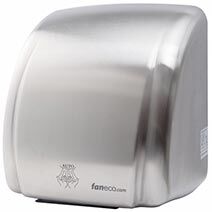
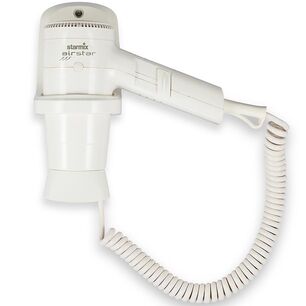
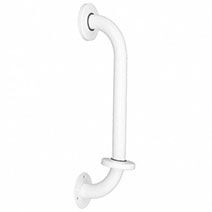
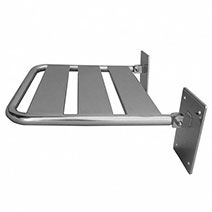
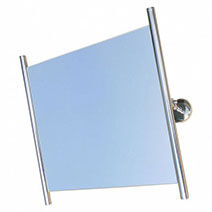

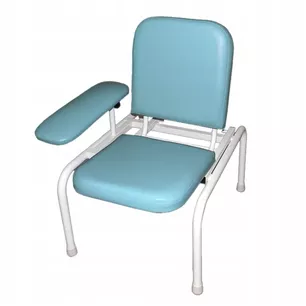
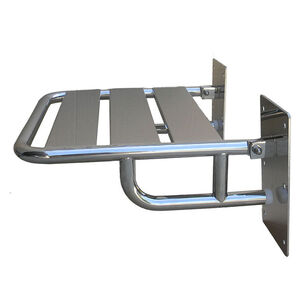
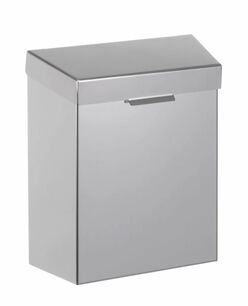
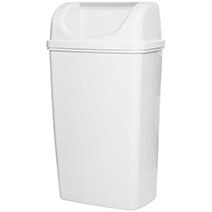
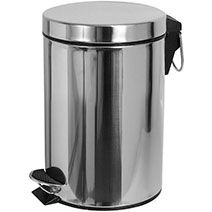
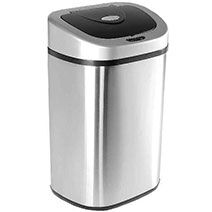
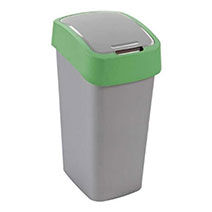
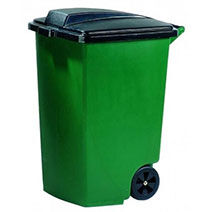
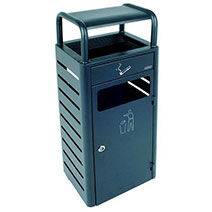
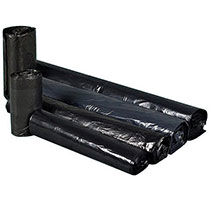
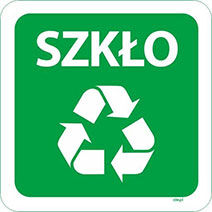
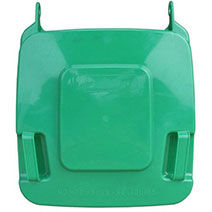
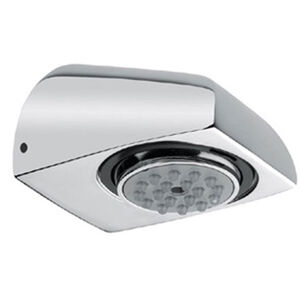
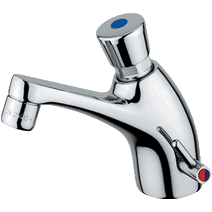
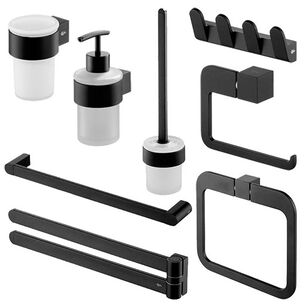
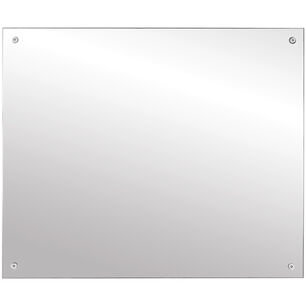
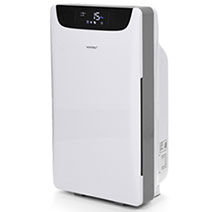
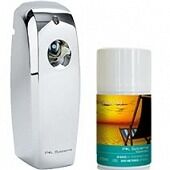

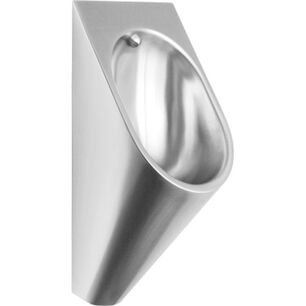
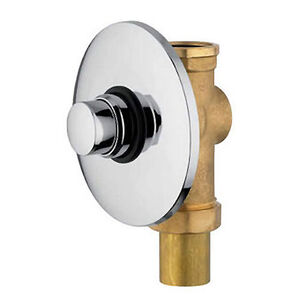
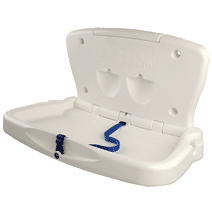
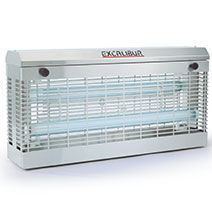
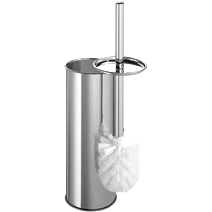
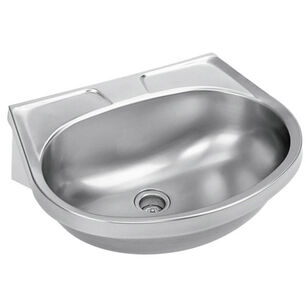
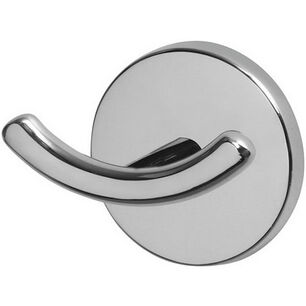
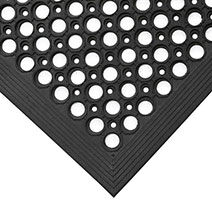
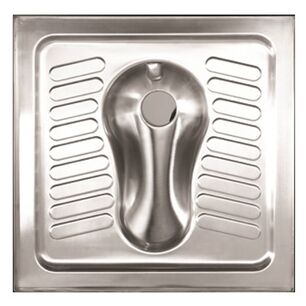
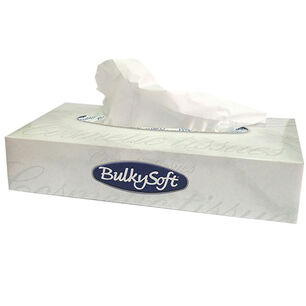
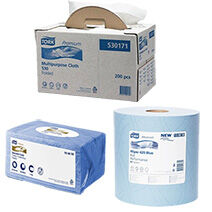
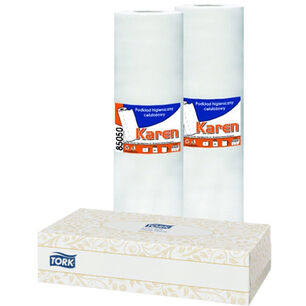

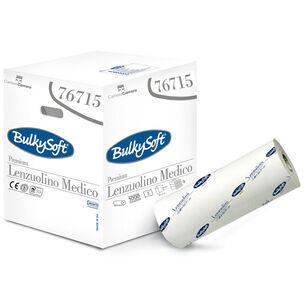
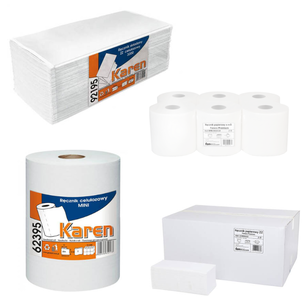
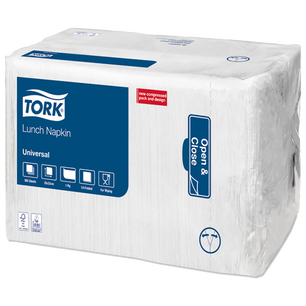
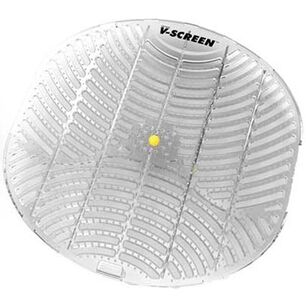


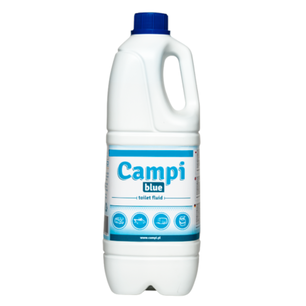
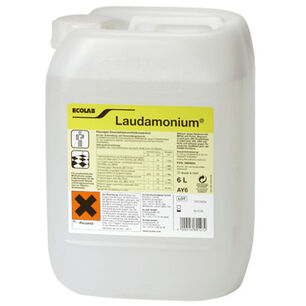
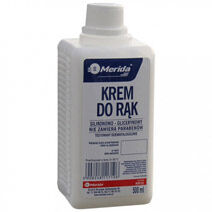
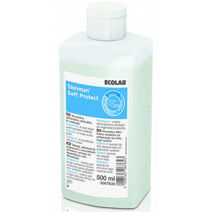
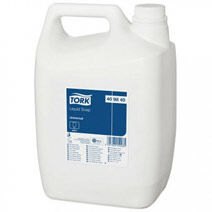
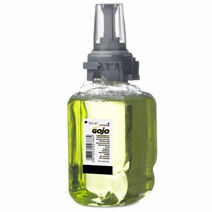
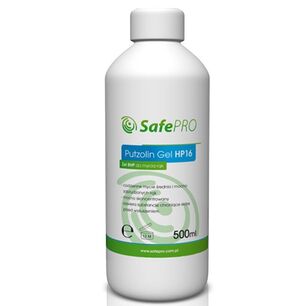
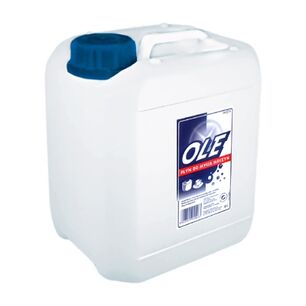
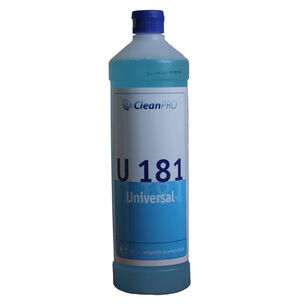
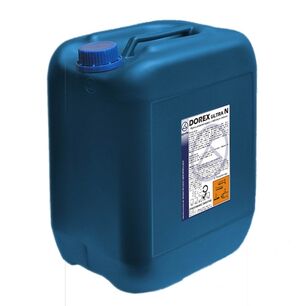
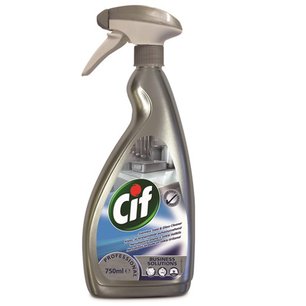
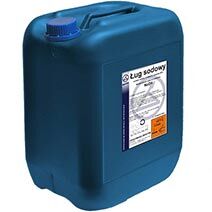
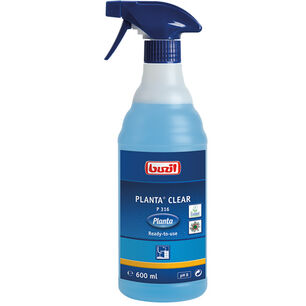
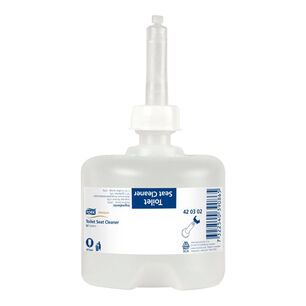
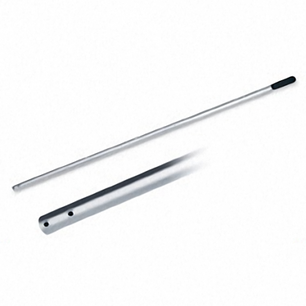
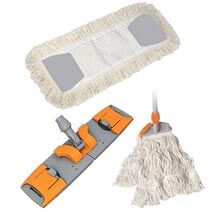
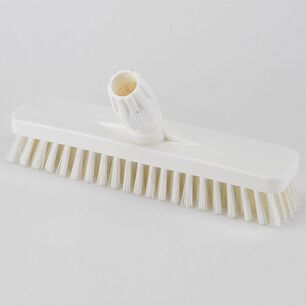
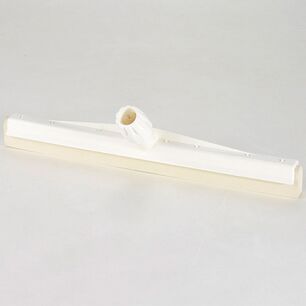
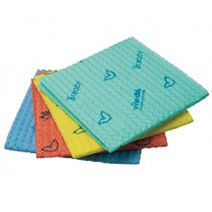

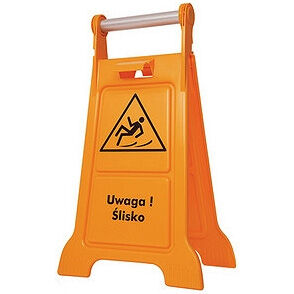

 Polski
Polski
 Czech
Czech
 German
German
 Spanish
Spanish
 Slovak
Slovak